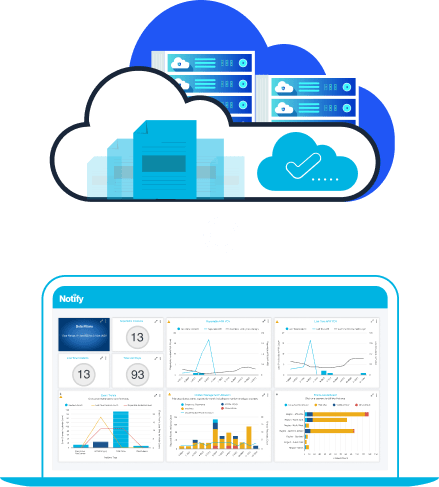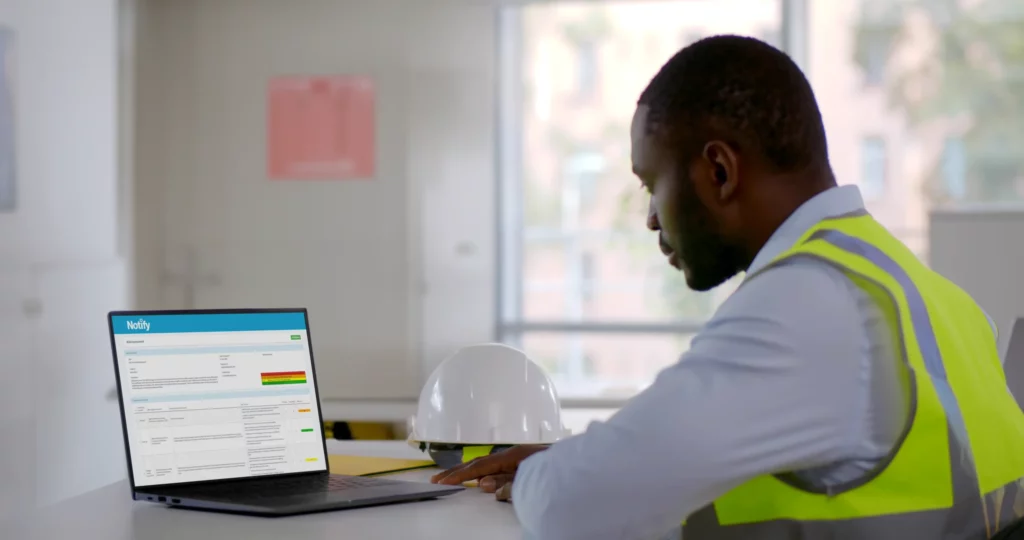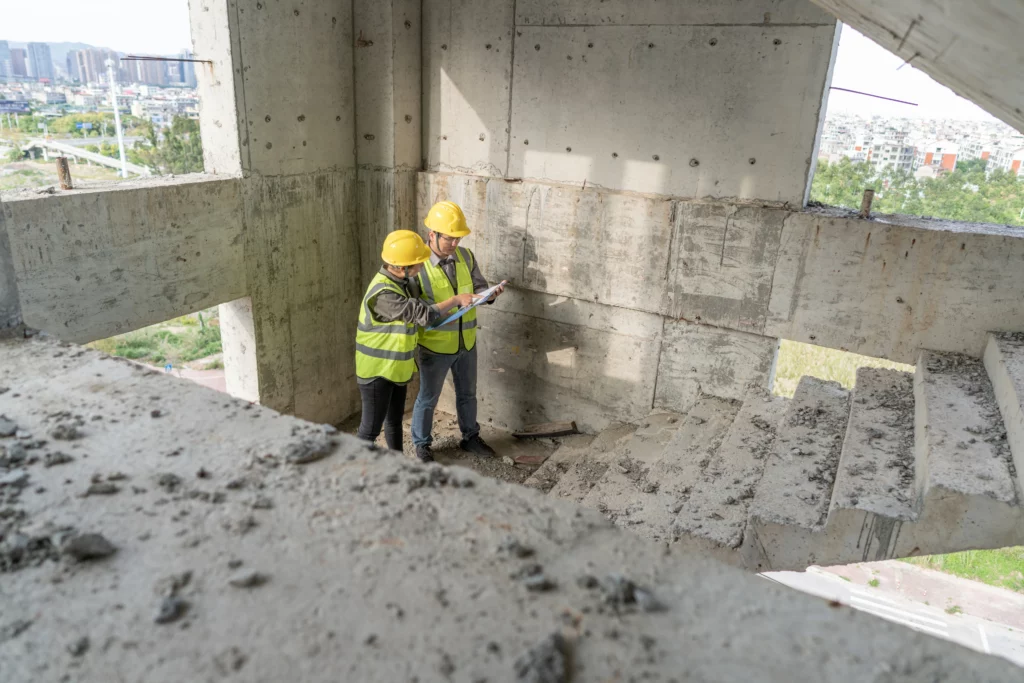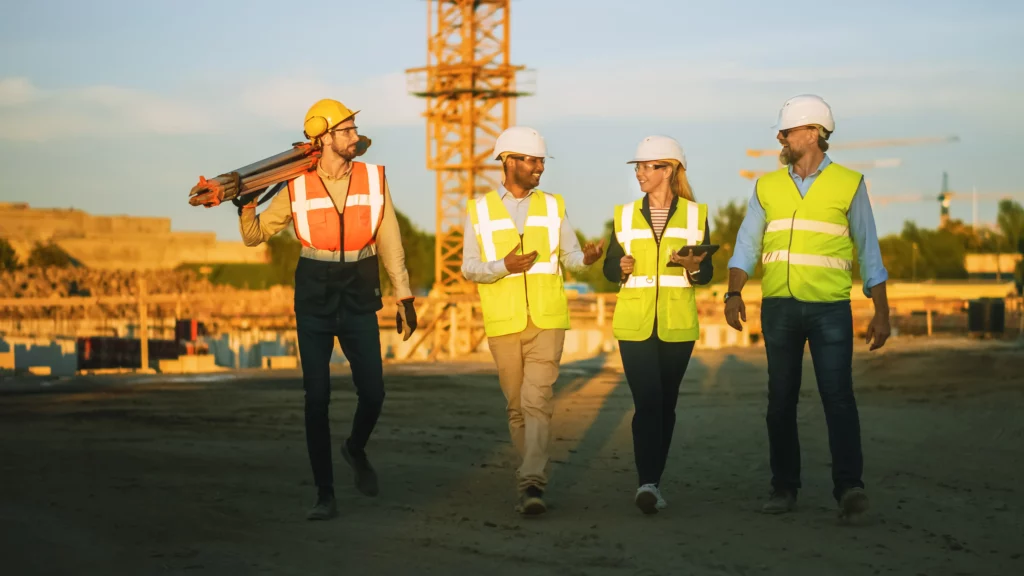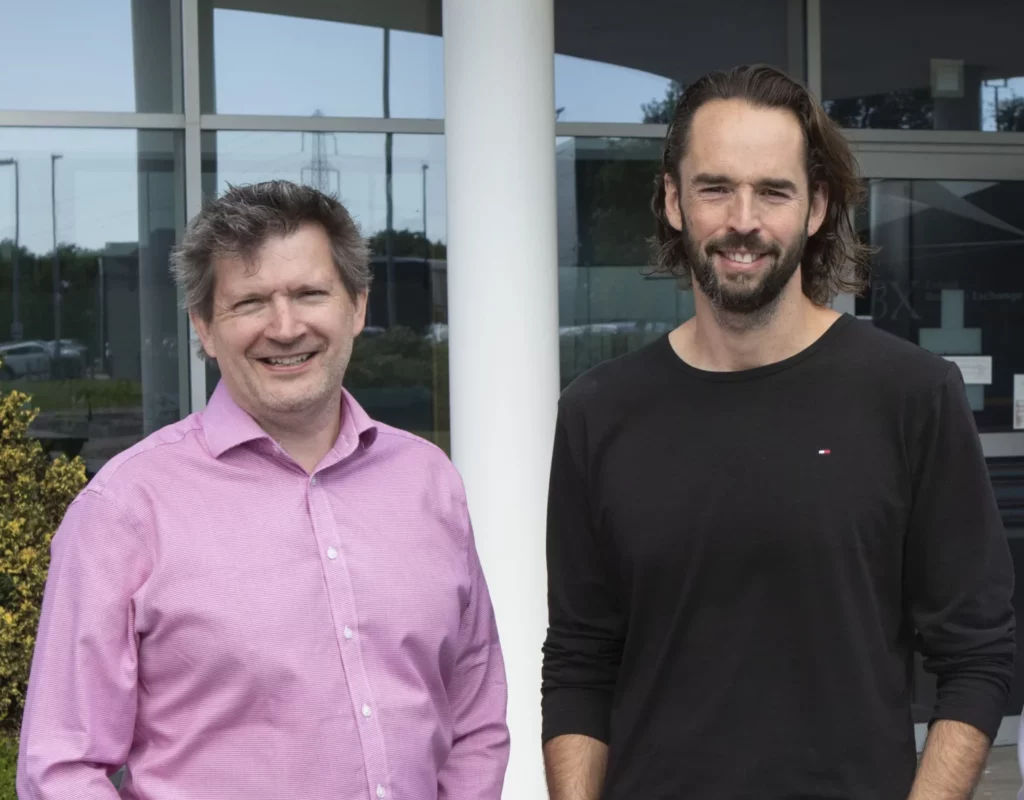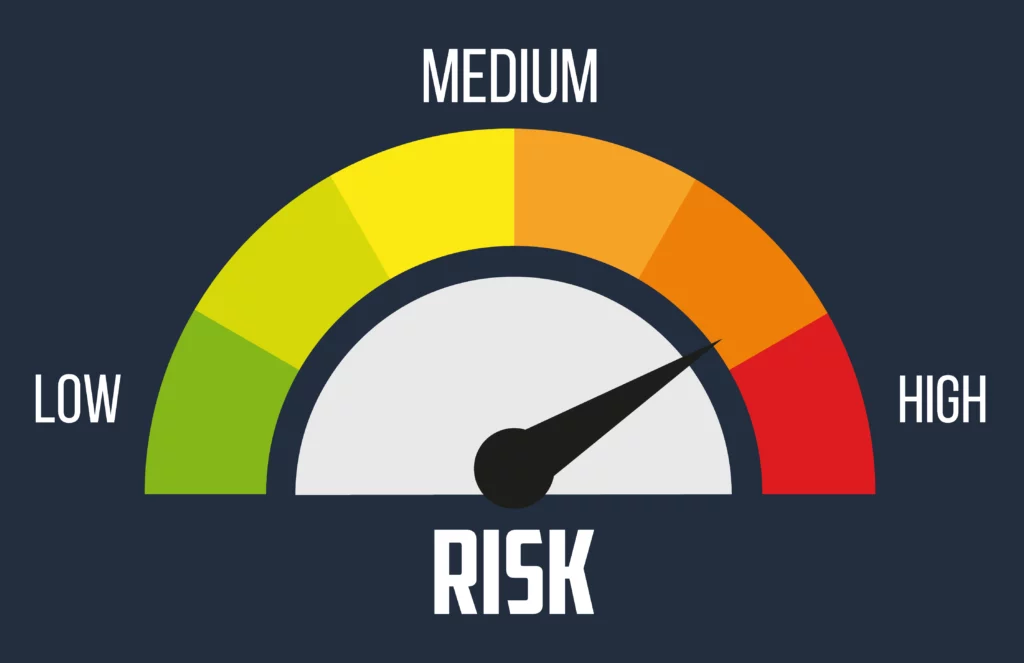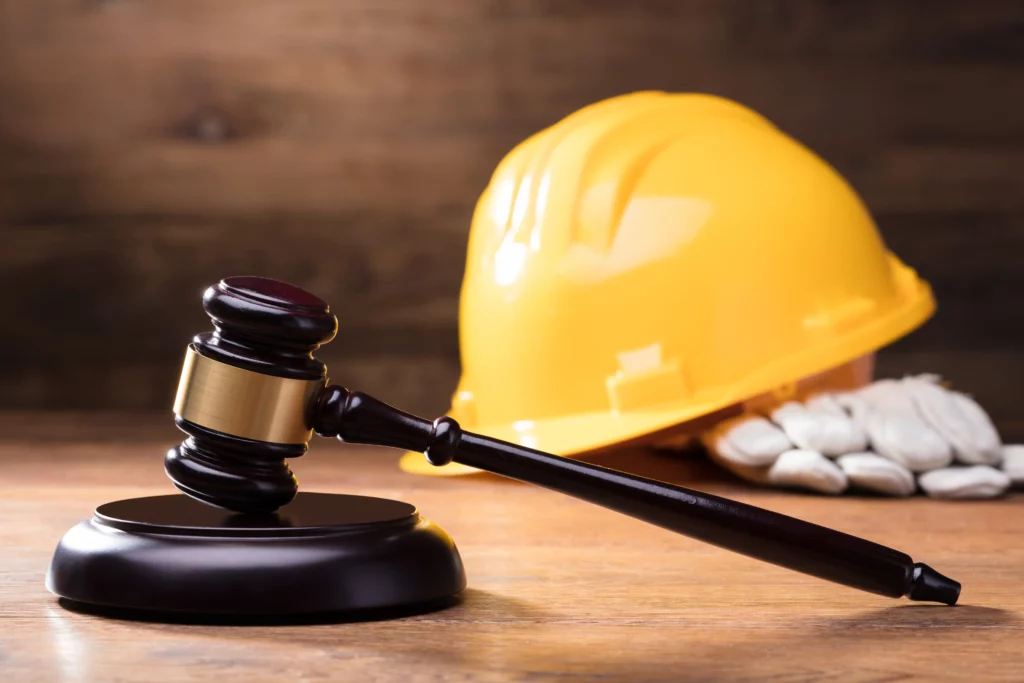Please read part 1 of this blog before continuing…
At Step 2, the court sets the initial starting point and range for the fine and is required to focus on the organisation’s annual turnover or equivalent. The offender is expected to provide accounts for the last three years and if it doesn’t, the court can draw reasonable inferences- including that the offender can pay any fine it chooses to impose.
The easiest way to see how this works is to look at a couple of examples.
If we assume a medium culpability, harm category 2 offence, then the starting point and ranges for each turnover band of business are as follows:
- Large (over £50m): starting point £600,000 – range £300,000 to £1.5m
- Medium (£10m to £50m): starting point £240,000 – range £100,000 to £600,000
- Small (£2m to £10m): starting point £54,000 – range £25,000 to £230,000
- Micro (under £2m): starting point £30,000 – range £14,000 to £70,000
If we then assume a high culpability, harm category 2 offence, the starting points and ranges change significantly:
- Large: £1.1m; £550,000-£2.9m
- Medium: £450,000; £220,000-£1.2m
- Small: £100,000; £50,000-£450,000
- Micro: £54,000; £30,000-£110,000
I said earlier that determination of harm and culpability is the sentencing battleground – this is where the ability of a defendant to position itself and an offence further down the sliding scales is vital; this is where its legal team earn their crust. Whilst you cannot make a silk purse out of a sow’s ear – there is nuance in setting out and demonstrating an organisation’s health and safety management system, its operation, its blameworthiness, and the level of risk of harm first to the HSE, then to a sentencing court. Actual harm is what it is, I’m afraid.
Further inroads into level of penalty can be made by demonstrating the existence of mitigating factors and the absence of aggravating ones.
Mitigating:
- No previous convictions or no relevant/recent convictions
- Evidence of steps taken voluntarily to remedy the problem
- High level of co-operation with the investigation, beyond that which will always be expected
- Good health and safety record
- Effective health and safety procedures in place
- Self-reporting, cooperation and acceptance of responsibility
Aggravating:
- Cost-cutting at the expense of safety
- Deliberate concealment of illegal nature of the activity
- Breach of any court order/enforcement notice
- Obstruction of justice
- Poor health and safety record
- Deliberate failure to obtain or comply with relevant licences to avoid scrutiny by authorities
- Vulnerable victims
It can be very instructive to consider these lists and look at how you are doing things now. If the worst should happen, you want your business to be able to put its best foot forward and present as robust a position on its management of health and safety risk as possible – you can see the difference it will make in court.
Your organisation is hopefully one of the wise – proactively investing in health and safety management systems, training your people, actively reviewing policies and processes, and investigating issues effectively. The benefits to you and your people of doing so are obvious.
But there’s a defensive element to it too – all such activity can help avoid the potential for criminal proceedings being launched against you in the first place as well or at least help minimise their impact. If you’re reading this and engaging with Notify – I will assume that you have the benefit of such corporate wisdom!
This concludes the epic 6-part series by Specialist Consultant Solicitor, Tristan Meears-White.
Missed the others? See the whole series below:
Planning for the worst: The key components of a crisis management plan.
Entry, search and seizure: Who are the regulators and what are their powers?
Dealing with health and safety investigations
Interviews under caution – Part 1, What are they? and Part 2, Why do they matter?
Enforcement options: What can regulators do if they find a breach? – Part 1, Cautions and Part 2, Prosecution
The end game: health and safety sentencing – Part 1, Culpability and Harm and Part 2, The Pounds and the Pennies.



